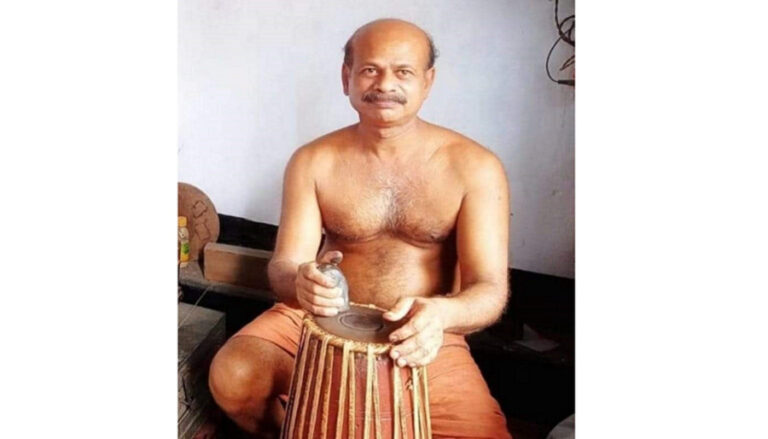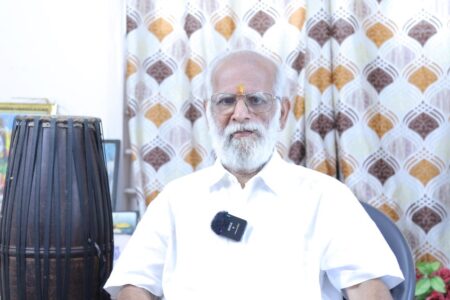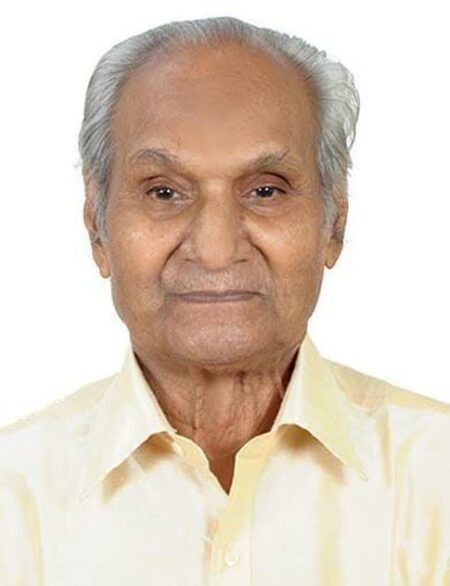Mridangam maker Palakkad Parameswaran was not only an expert craftsman but also an experimenter and a trained mridangam player
The untimely demise of mridangam maker Palakkad Parameswaran on March 25, at Koyilandi in Kerala’s Kozhikode district, has left a vacuum in the firmament of Carnatic music. He was only 58.
A native of Peruvambu in Palakkad district Parameswaran’s father Narayanan was a well-known maker of percussion instruments so much so that even the village became famous for this art. Further, his was a name to reckon with among the percussion maestros as he was the one who had crafted the instrument for mridangam maestro Palakkad Mani Iyer. But Parameswaran learnt the art from his cousin, Chathu, son of his father’s elder brother at an early age.
Parameswaran had migrated to Koylandi along with Chathu around 40 years ago. He learnt mridangam from M N Subramaniam of Kozhikode and tabla from Prabhakaran Mash. Further, the training enabled him to understand the nuances of music as well.
Parameswaran was very particular that he would make the instrument only after knowing the individual specialities of the performer, and hence each artist preferred to have his Mridangam made by Parameswaran. He used to identify, and even record the sruti desired by the artists before making new instruments for maestros. They included veterans like Mavelikkara Krishnankutty Nair and Mavelikkara Velukkutty Nair.
New endeavour
Parameswaran was working on a project connected with the study of history, technology, skills and evolution of mridangam making. Unfortunately, this could not be completed. Though the indigenous knowledge of making mridangam was kept as a strong basic skill, he used steel strings instead of leather to tighten the sides to have the desired sruti. This gave the artists ample freedom to adjust the sruti by tightening or loosening it using a spanner. He was known for his experiments for enhancing the aesthetic aspects of the sound produced by the instrument. Interestingly, he had retained all the basic elements like the size of the instrument, the barrel (kutti), quality and treatment of leather, the ‘choru’ (black circular strip on the side) during his experiments. This was praiseworthy since he never wanted any change in the traditional features of the instrument. Parameswaran was assisted by his wife Praseena in his work throughout.
Several Mridangam artists such as Thiruvananthapuram Surendran( Mani Iyer’s disciple), Changanassery Harikumar, S.R.Raju, Guruvayur Dorai, Badri Sateesh and others were very particular to have their instruments made and maintained by Parameswaran.




